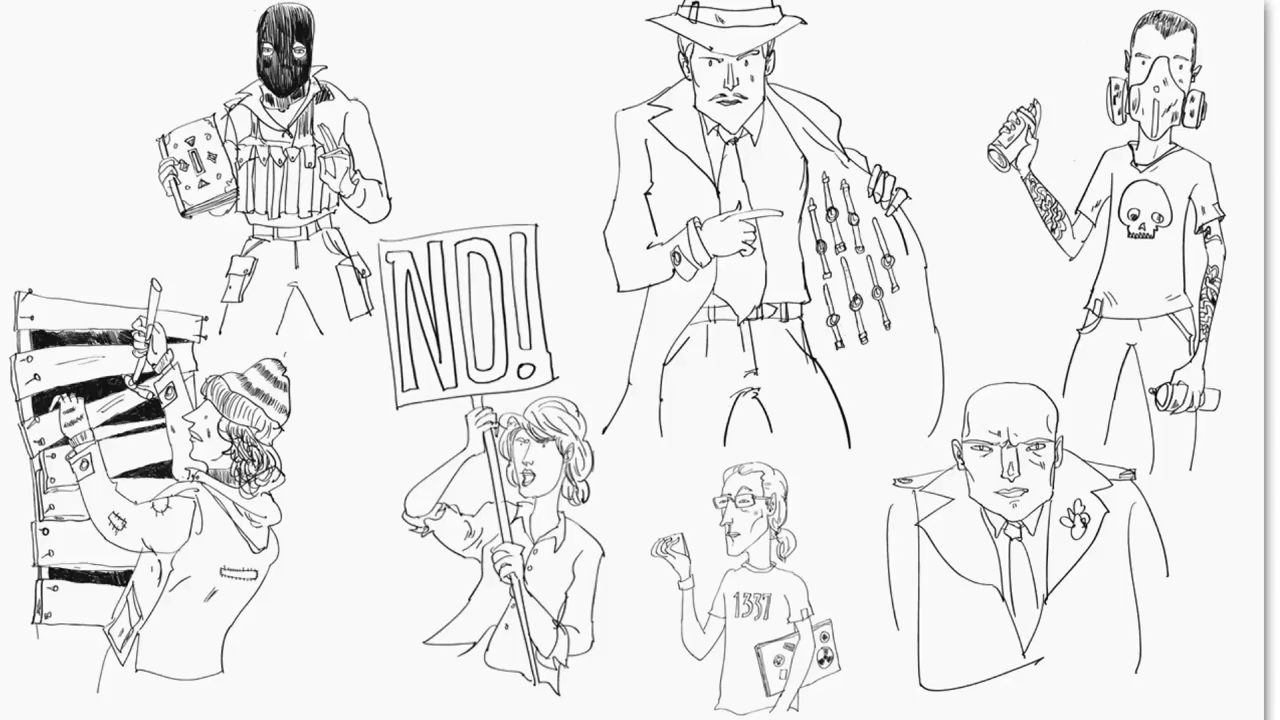

My only grouse is that he doesn’t go further down that path, at least not in this book, reverting to odes to stillness instead. And what he does have can look very much like nothing. A man sitting still is often alone with the memory of all he doesn’t have. Leading on from there, Iyer cautions that stillness can also lead to doubt and dereliction, and how perfecting the art is actually a lot of hard work. He talks of the poet Emily Dickenson who well knew the concept of stillness bound as she was to a life of self- imposed seclusion. The sky may occasionally be obscured by clouds but all you need is the patience to sit still until the blue shows up again. Iyer explains the Buddhist concept of blue skies being the state of the mind. Sitting still gets you wide awake, exhilarated, `pumping-hearted` as when you are in love.

Iyer tells us we could start small, just take a few minutes each day to sit quietly and do nothing, letting what moves one rise to the surface, musing on how making a living and making a life sometimes point in opposite directions. Which of course, has the reader asking plaintively: what exactly is sitting still? Why, it is clearing the head and stilling the emotions. Step away now and then, so that you can see the world more clearly and love it more deeply. Sit still and recharge yourself to face the world once again. Sit still and let fresh imaginative thoughts come to you. Sit still and fall deeper in love with the world around you. The payoffs are rich and satisfying, avers Iyer. In sitting still, one is stepping back from the canvas of life to take in the larger picture. That stillness can enable you to listen to something out of earshot.Īnd this, my personal favourite: that the point of gathering stillness is not to enrich the sanctuary or mountaintop but to bring that calm into the motion, the commotion, of the world. That you do not sit down and solve problems, you bear with them until they solve themselves, or until life solves them for you. That sitting still is following a rule of contemplative life. As the Bard of Avon said: There is nothing either good or bad but thinking makes it so.

It`s not our experiences that form us but the ways in which we respond to them. Pico Iyer takes that ball straight to the goalpost, and as the reader watches with appreciation, scores a neat goal.Ī lot of what Iyer reiterates is precepts we have read and heard before but no less potent for the repetition. Going nowhere, according to Cohen, was the grand adventure that makes sense of everywhere else. `Starting a new marriage…raising another family? Finding new drugs, buying more expensive wine? ` And the sense of it strikes the reader most forcibly. `What else would I be doing,` asks Cohen. He tells us that gravel-voiced Leonard Cohen, once part of Andy Warhol`s Factory set, frequently goes to a Zen centre to recharge himself. He tells us how companies now have meditation rooms, stress reduction programmes, mind training sessions. In fact, he points out that in Silicon Valley, many a giant company is encouraging people to switch it all off for a set period, to go still, to tap into their inner silence. And the wonder of it is, Iyer makes it sound so doable. It`s an art of course, the art of stillness. A totally irresistible concept, if you think about it. About sitting still, about being at peace with yourself and your surroundings. The Art of Stillness/Adventures in Going Nowhere/Pico Iyer/A TED BookĪnd now the peripatetic traveler, the veteran travel writer, switches tracks and writes this eulogy about going nowhere.


 0 kommentar(er)
0 kommentar(er)
